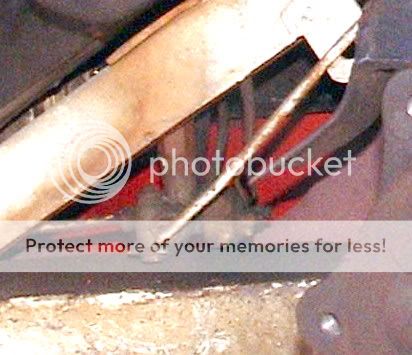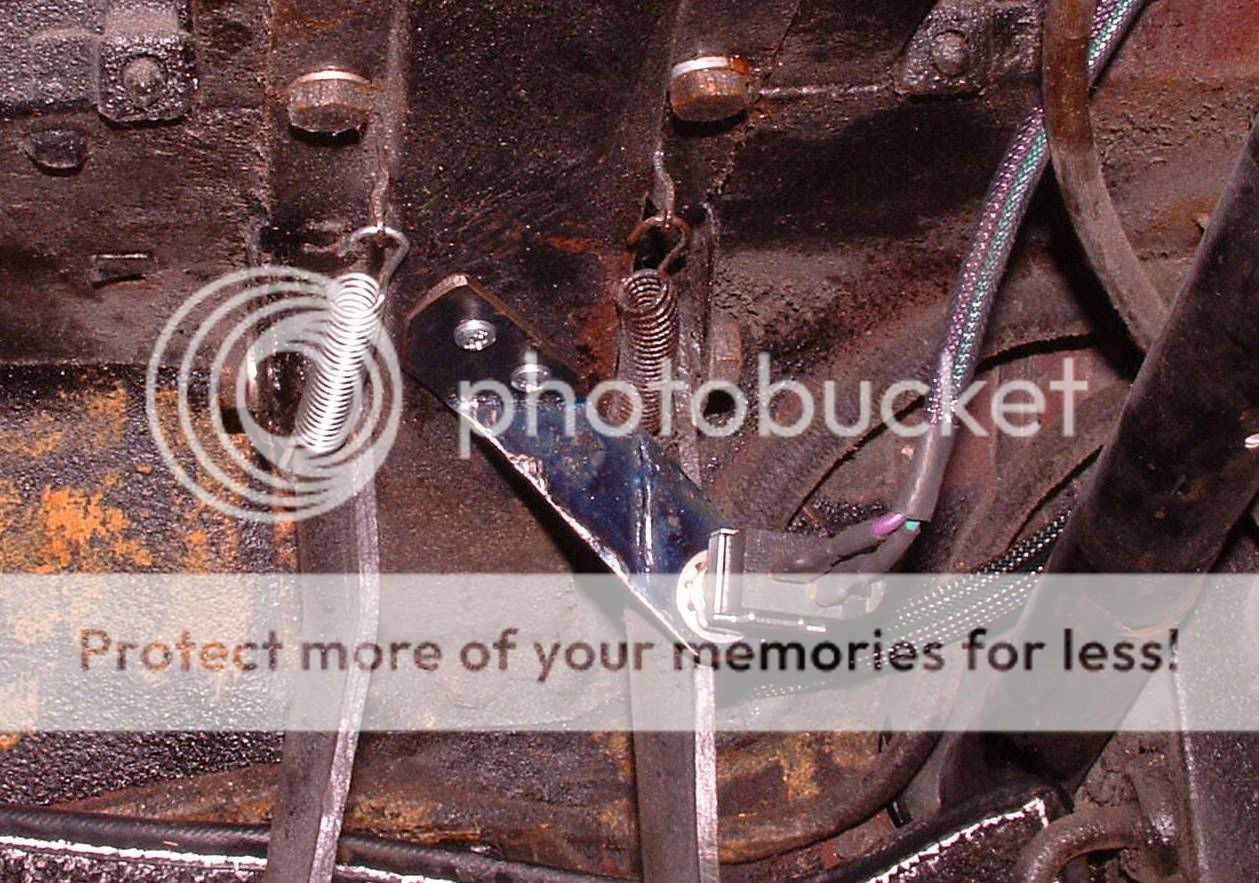Back this morning...
All of this information, as usual, is very helpful, and I thank all of your most warmly.
I assumed that the various color variations were mainly for tracing the wires throuout the car. I was hoping that the color code also revealed something about the gauge of the wire to use, but that, apparently, is not the case.
The manuals are surprisingly silent on what gauge should be used for different applications. Even a manual like Martin Thaddeus' Classic Car Electrics doesn't mention gauge or strands. The only source that comes close is British Wiring's (excellent)homepage that gives the following information:
Cable size in "strands":
Cable size 9 carrying capacity is 5.75 amps
for side and tail lamps & general wiring
Cable size 14 " is 8.00 amps
for same as above
Cable size 28 " is 17.50 amps
for horns & headlamps & major accessory feed
Cable size 44 " is 25.50 amps
for generator, control box, & ammeter
British 14 strand wire = 18 gauge US
British 28 strand wire = 14 gauge US
British 44 strand wire = 12 gauge US
British 65 strand wire = 10 gauge US
Randall, As I surveyed the task, I could see that it would be very difficult to get at the switch from above unless I disconnected parts of my carburetor, so I assumed I would have to come in from below. But the placement of the switch and the location of the frame seemd to spell trouble. I hadn't even thought of going through the wheel well (an obvious choice!).
My only other question has to do with removing the switch itself. I am hoping, of course, that it is not frozen in place. Perhaps because there is so much oil and grease around it, it has been somewhat protected from corrosion. And, I assume that if it come out, brake fluid will follow it unless I quickly plug the hole or insert the new switch. I imagine that the pressure of the brake fluid on the switch creates the contact that lights the brake light.

 Hi Guest!
Hi Guest!

 smilie in place of the real @
smilie in place of the real @
 Pretty Please - add it to our Events forum(s) and add to the calendar! >>
Pretty Please - add it to our Events forum(s) and add to the calendar! >> 


